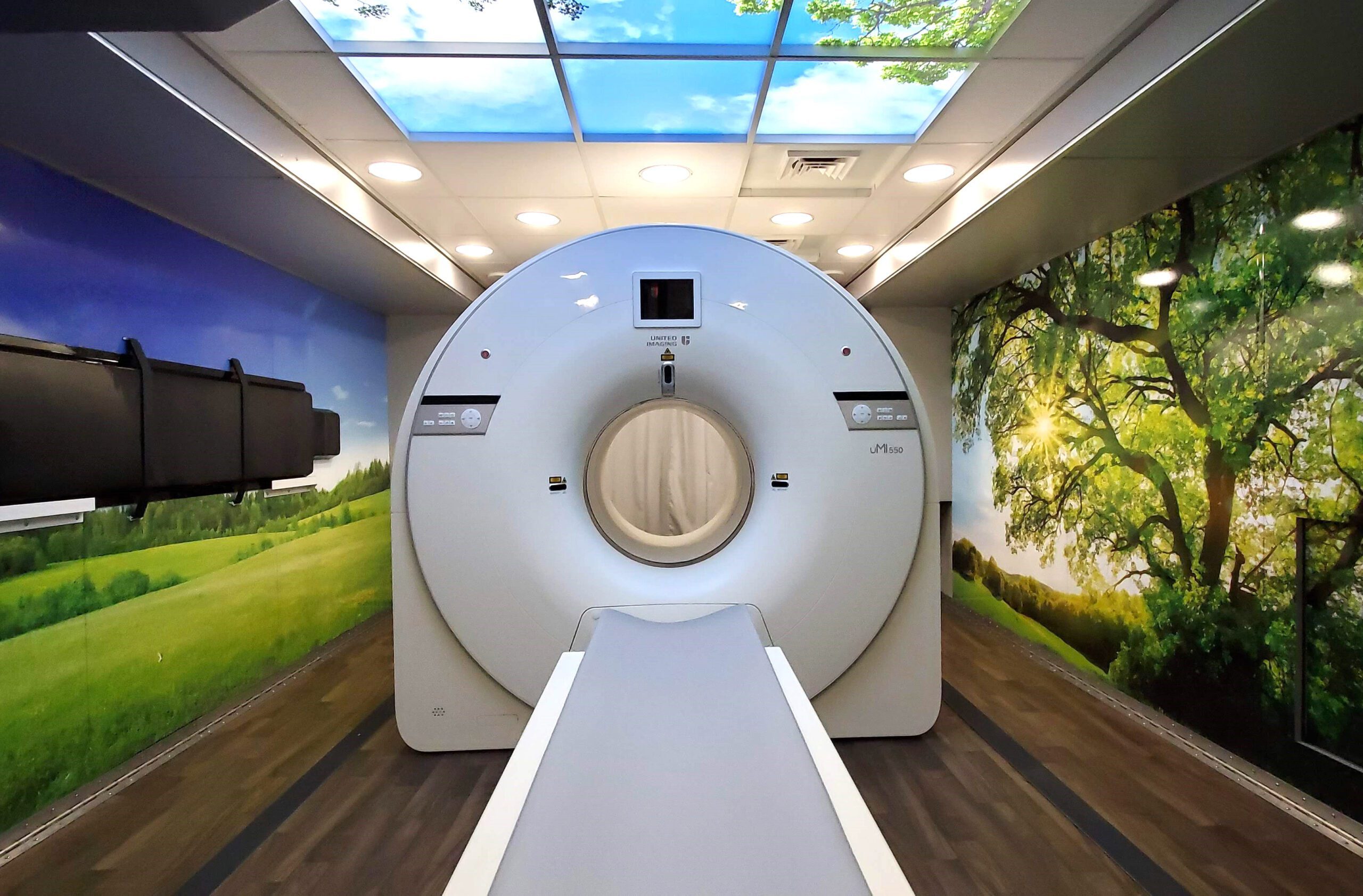What’s New in PET/CT
The importance of NEMA sensitivity in PET/CT
PET/CT Updates, Research & Education
October 2023
The molecular imaging industry uses the universally accepted guidelines on PET sensitivity from the National Electrical Manufacturers Association (NEMA) as a uniform and consistent method for measuring and reporting the performance parameters of PET scanners. PET scanners are designed to meet certain NEMA performance standards, and each PET scanner is routinely evaluated throughout its clinical use to verify Image Quality performance. Variations in scanner designs from manufacturers across the industry can cause PET scanners to have different sensitivities to scattered radiation, but ultimately, every scanner must meet the NEMA sensitivity capabilities as specified by its manufacturer. Manufacturers such as GE Healthcare consistently strive to maximize the NEMA sensitivity on their systems.
As the industry standard, NEMA sensitivity has been used in many published studies as a variable in evaluating the performance of PET detectors (either alone or compared to other types of detectors) and in studies analyzing different diseases using PET/CT imaging.
Many of these studies conclude that higher sensitivity levels can benefit image quality and can offer increased flexibility in adjusting acquisition time or radiation dose without limiting image quality. System performance and clinical imaging were compared between one system and other commercially available PET/CT and PET/MR systems, as well as between different reconstruction algorithms. In the evaluation, spatial resolution, sensitivity, noise-equivalent counting rate, scatter fraction, counting rate accuracy, and image quality were characterized using NEMA performance standards. The study concluded that a higher sensitivity allows for better signal-to-noise (SNR) ratio for a given acquisition time and the same SNR for shortened acquisitions or reduced dose to the patient.[7]
Maintaining image quality with shortened acquisition times or reduced patient dose is often evaluated in clinical studies. From the patient’s perspective, PET imaging is commonly associated with these two areas of concern: exposure to radiation, as many patients will have repeated studies over time, and the discomfort of lying as still as possible for 10–20 minutes (knowing that even small movements might blur the images and reduce the accuracy of diagnostic interpretation). However, reducing dose or scan time typically requires a sacrifice in image quality because a reduced number of annihilation events are collected.[8] Therefore, to enable shorter scan times or lower dose, system performance has to be improved. This can be achieved by increasing the NEMA sensitivity of the scanner and/or by improving the timing resolution,[9], which is why PET detector performance and sensitivity are so often the topics of clinical studies.
Another study comparing PET detector performance in the standard uptake values (SUV) of liver lesions suggests that higher sensitivity levels and improved reconstruction algorithms will lead to increased detection of pathology, such as earlier detection of small lesions. The study showed improved lesion visibility and higher SUV values on one type of PET/CT system and concluded that the greater SUV is likely explained by the greater sensitivity and different reconstruction algorithm that was used.[10]
Nov 22, 2022 < https://www.gehealthcare.com/insights/article/evolving-petct-technology-for-improved-sensitivity-and-image-quality-to-increase-diagnostic-accuracy >
[7] Hsu DFC, Ilan E, Peterson WT, Uribe J, Lubberink M, Levin CS. Studies of a Next-Generation Silicon-Photomultiplier-Based Time-of-Flight PET/CT System. J Nucl Med. 2017 Sep;58(9):1511-1518. doi: 10.2967/jnumed.117.189514. Epub 2017 Apr 27. PMID: 28450566.
[8] Berg, E., & Cherry, S. R. (2018). Innovations in instrumentation for positron emission tomography. Seminars in nuclear medicine, 48(4), 311. https://doi.org/10.1053/j.semnuclmed.2018.02.006
[9] Berg, E., & Cherry, S. R. (2018). Innovations in instrumentation for positron emission tomography. Seminars in nuclear medicine, 48(4), 311. https://doi.org/10.1053/j.semnuclmed.2018.02.006
[10] Oddstig, J., Leide Svegborn, S., Almquist, H. et al. Comparison of conventional and Si-photomultiplier-based PET systems for image quality and diagnostic performance. BMC Med Imaging 19, 81 (2019). https://doi.org/10.1186/s12880-019-0377-6. https://bmcmedimaging.biomedcentral.com/articles/10.1186/s12880-019-0377-6

Connect with Us
Get additional information and stay up-to-date with the latest news by connecting with us on social media.



